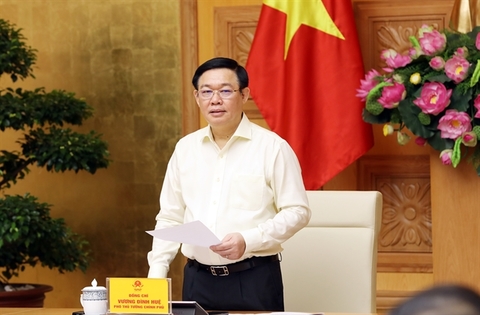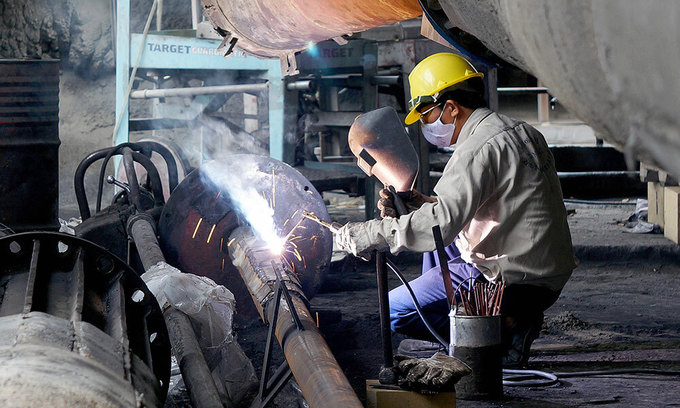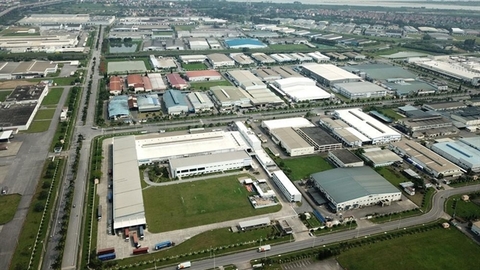2019 CPI targeted at 3.5%
2019 CPI targeted at 3.5%
The 2019 consumer price index (CPI) can be kept at 3.3-3.5%, lower than the 3.3-3.9% previously forecast assuming nothing unexpected occurs, officials of the Steering Committee for Price Management said on September 27.
Additionally, the Government will ask the National Assembly to approve next year’s inflation target of some 4%, after considering domestic market developments and external factors, such as oil prices and pork shortages in China.
As reported by Deputy Prime Minister Vuong Dinh Hue, head of the steering committee, commodity prices were found to have increased considerably last February, falling slightly in March and June, and then bouncing back in the July-September period.
In the third quarter alone, the CPI was seen rising against the previous month, with an increase of 0.18% in July, 0.28% in August and an estimated 0.4-0.6% in September. Given this, the CPI increases in this quarter are still lower than forecast, offering more room for inflation control targets.
According to the General Statistics Office, the average CPI from January-September picked up 2.52% against the same period one year earlier.
Nguyen Anh Tuan, head of the Price Management Department, said the major factors contributing to the increasing CPI during the third quarter are annual price hikes. This occurs with consumer products during the summer, National Day and mid-autumn festival, as well as due to electricity and water prices in the dry season.
Also, pork supplies have declined as a result of the African swine fever virus, causing higher pork prices. Hospital fees have also picked up with the increase in basic salaries, while rising construction demands and input costs have caused the prices of some building materials, along with costs of construction labor, to rise.
According to the Ministry of Agriculture and Rural Development, pork prices have rebounded since last June, and risen significantly since late August.
Current pork supplies of farming households and facilities are limited under the impact of the African swine fever virus. Meanwhile, amid the U.S.-China trade war, China has stopped importing pork from the U.S. and is shifting to purchasing Vietnamese pork.
As agriculture officials forecast, domestic pork supplies may face shortages and unpredictable prices towards the year-end.
Nonetheless, pork prices will remain under control in the near future, as pork will be replaced by poultry and cattle meat. Additionally, supplies for large farms have not been largely affected.
However, there exist factors which reduce pressures on prices. Food prices have dropped due to large domestic supplies and declining rice imports from world markets. In addition, fuel and cooking gas prices have been on the decline in the third quarter.
According to the Deputy Prime Minister, the average CPI rise of 2.52% in the first three quarters is the lowest in three years. Regarding factors which may affect the CPI in quarter four, Hue asked the Ministry of Industry and Trade to actively manage the production of goods and their distribution in the midst of the trade war between the largest economies, and work out solutions to boost exports and control imports.
Additionally, the central bank will continue flexible monetary policy and coordinate with other macro policies to maintain basic inflation at 1.9-2%.

















